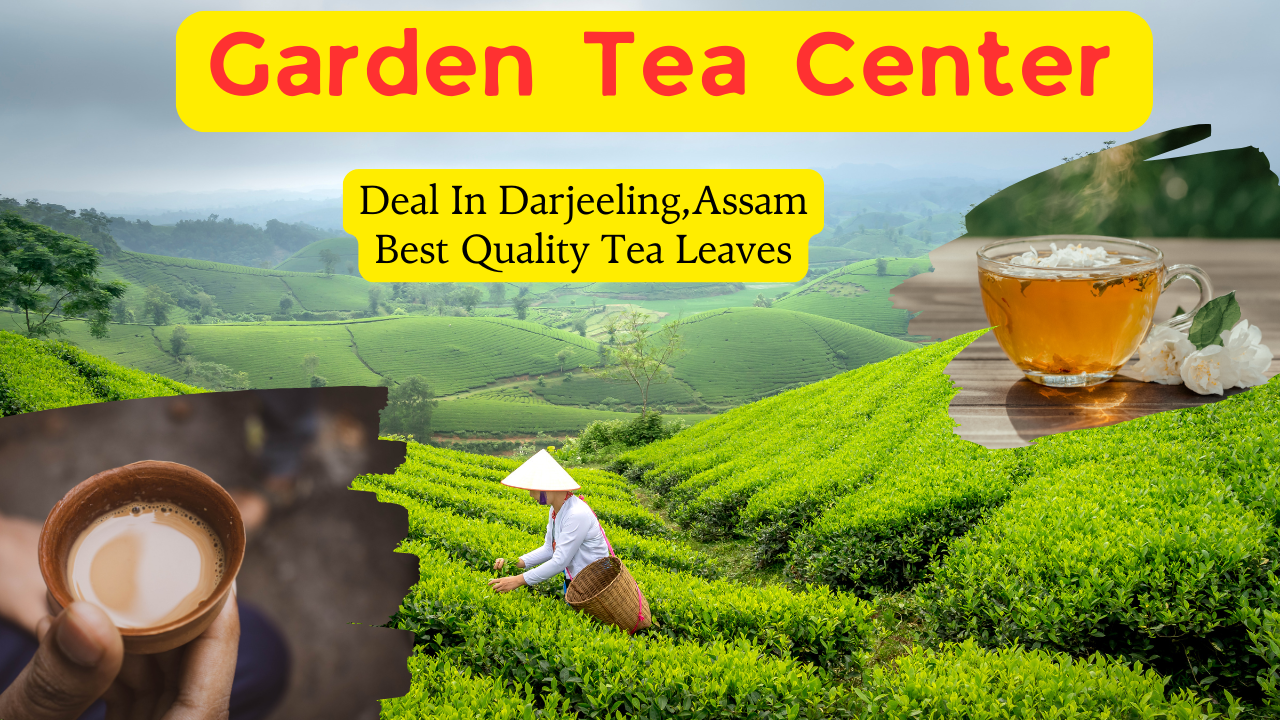
Let's Talk About Darjeeling Tea And Assam Tea Leaves
Darjeeling tea and Assam tea are two of India’s most renowned teas, each offering distinct flavors and characteristics. Grown in the cool Himalayan climate, Darjeeling tea is often called the “Champagne of Teas” for its delicate aroma, light body, and floral, muscatel flavor. In contrast, Assam tea, cultivated in the lowlands of northeastern India, is known for its bold, malty taste and deep amber color, making it ideal for strong black teas and breakfast blends. Both teas hold geographical indications, reflecting their unique regional qualities and global significance.
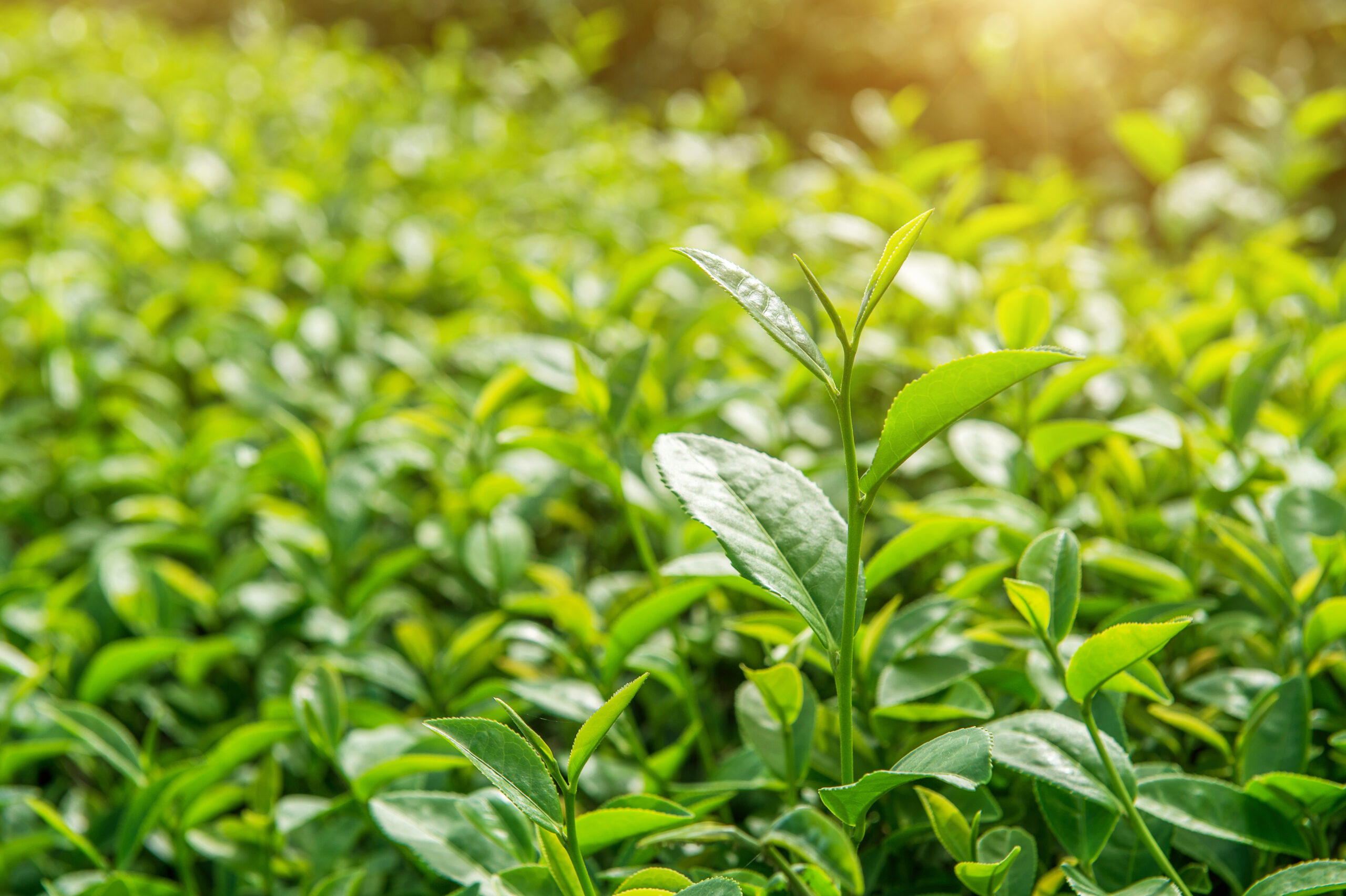
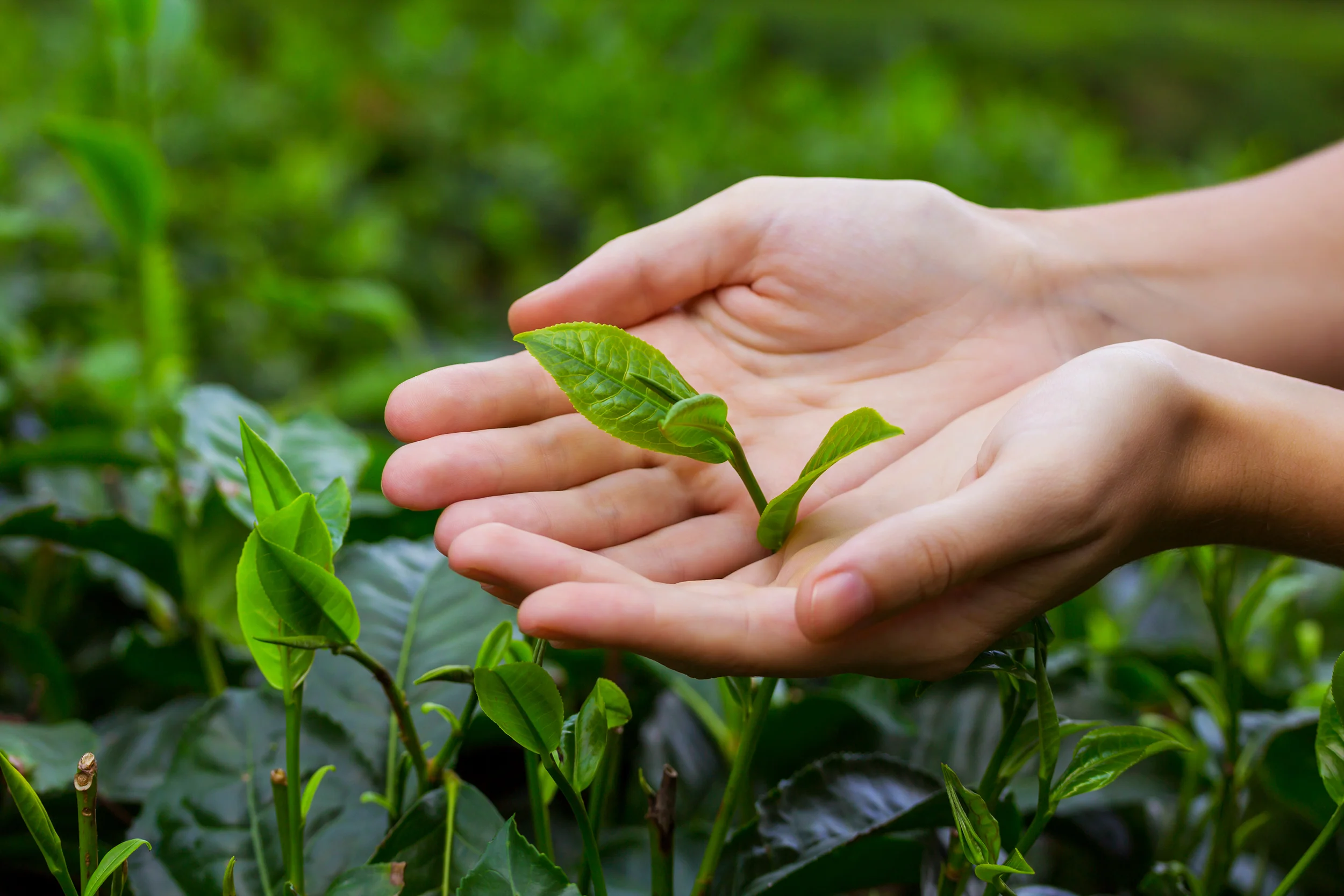
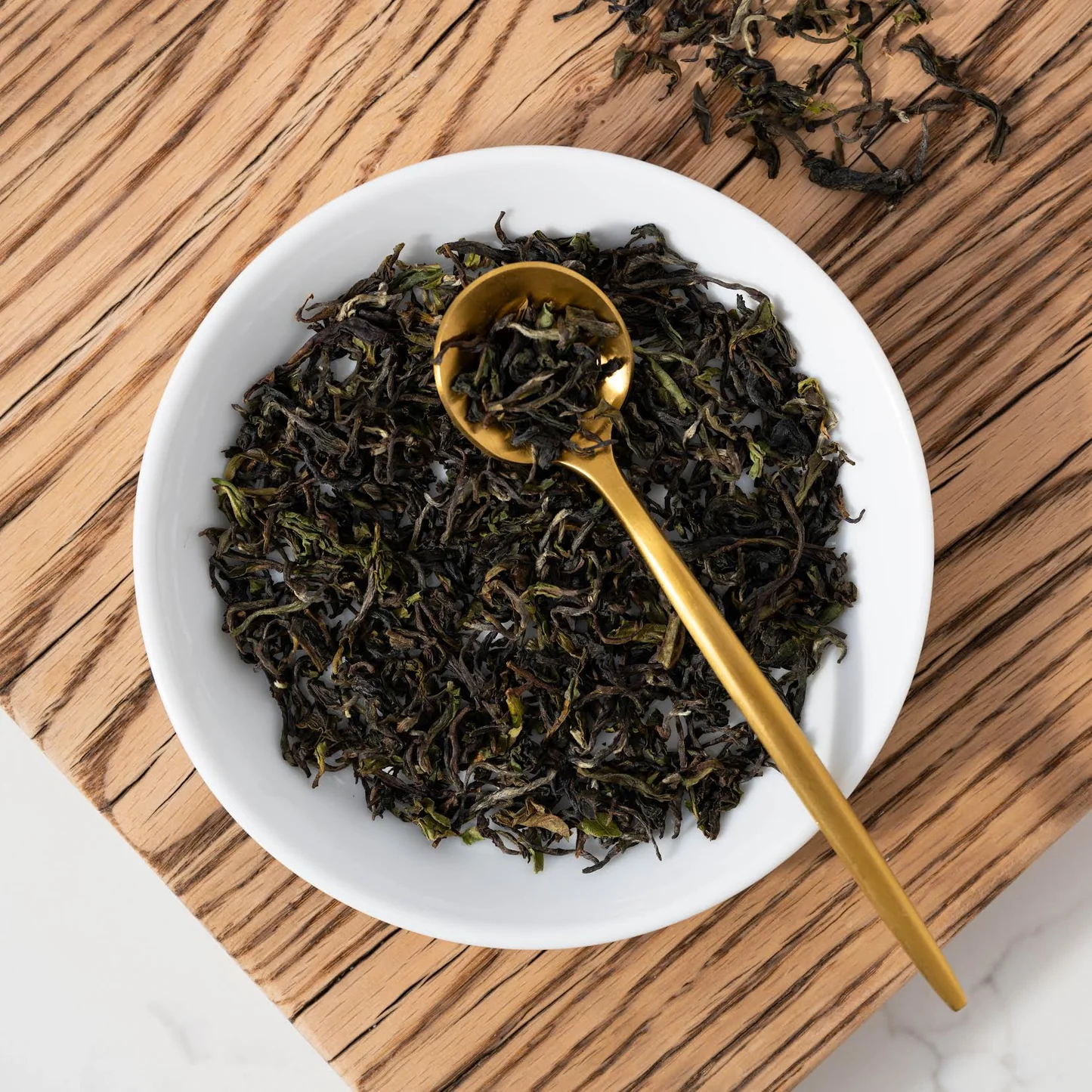
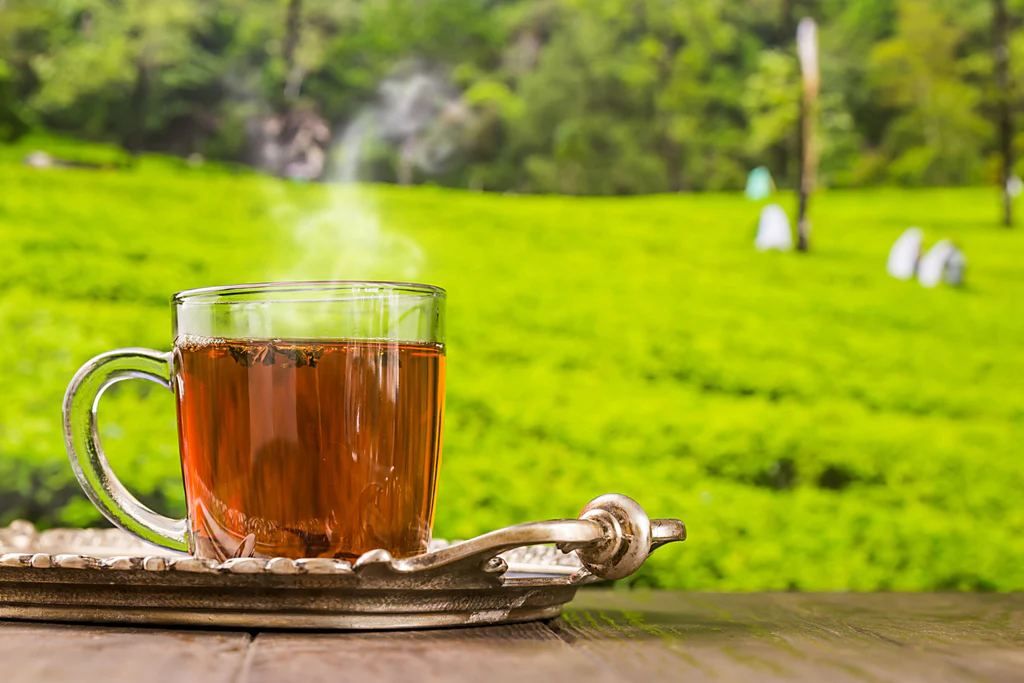
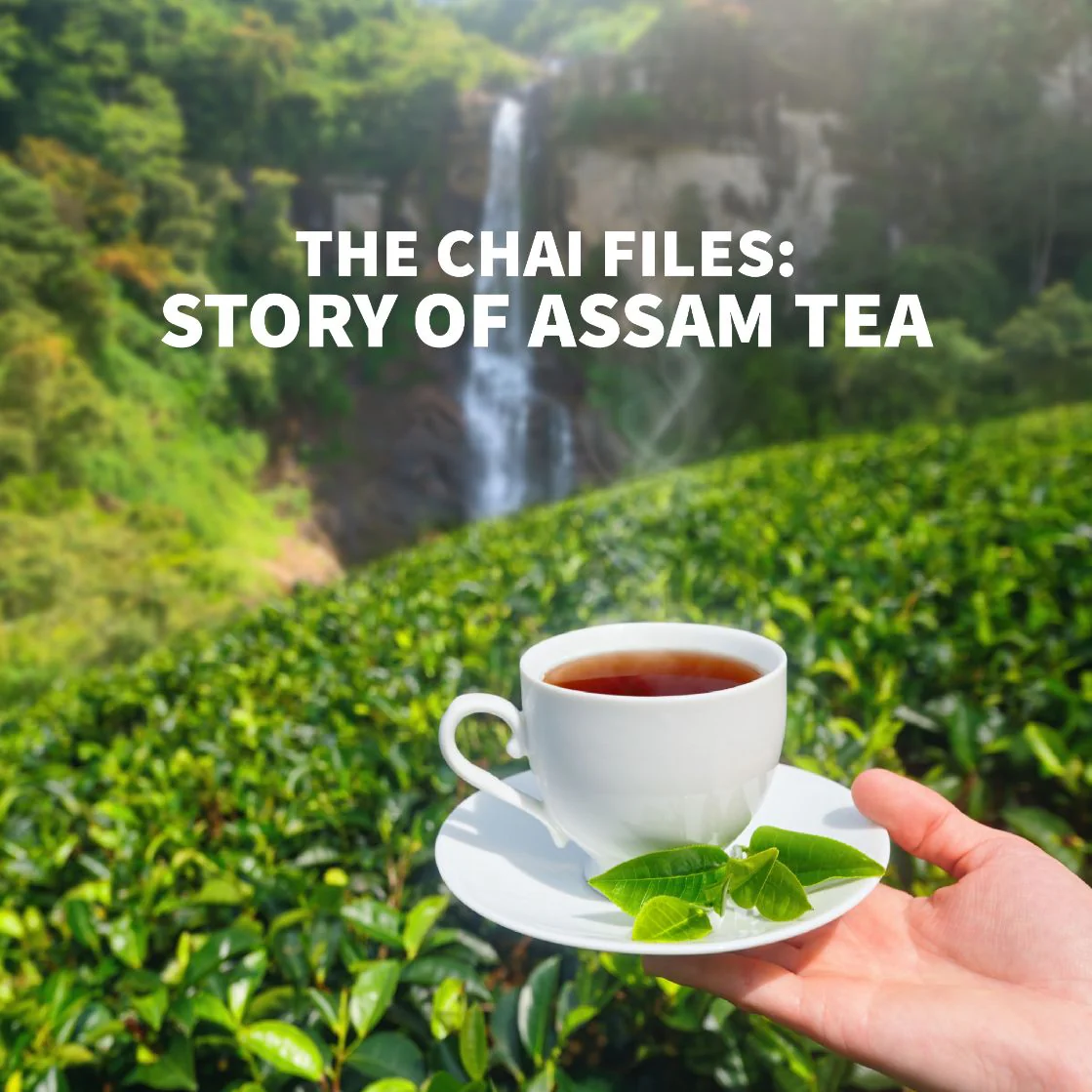
Darjeeling Tea: The Champagne of Teas
➤ Processing & Types
Although marketed primarily as black tea, Darjeeling is often semi-oxidized, giving it characteristics of oolong.
Also produced in green, white, and oolong varieties.
Handpicked leaves are processed using traditional methods to preserve flavor subtleties.

Assam Tea: The Powerhouse of Boldness
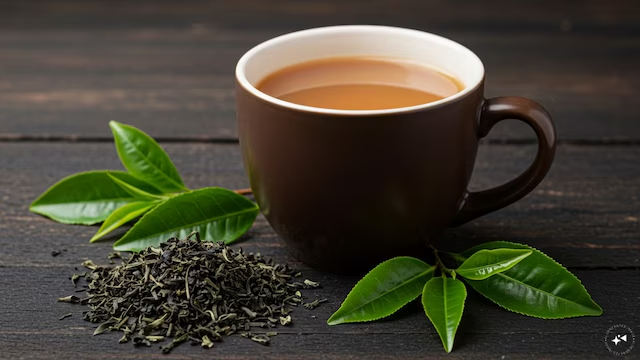
➤ Processing & Types
Primarily black tea, but green and white varieties are also produced.
Uses both orthodox and CTC (Crush, Tear, Curl) processing methods.
CTC teas are popular for tea bags and chai due to their quick brewing and strong flavor.
➤ Harvest Seasons Of Darjeeling Tea And Assam Tea
➤ Flushes (Harvest Seasons)
First Flush (Spring – March to May): Light, floral, and slightly astringent.
Second Flush (Summer – May to June): Muscatel flavor, richer and fuller.
Monsoon Flush (Rainy Season – July to September): Stronger, less nuanced.
Autumn Flush (Post-Monsoon – October to November): Balanced, coppery taste.
➤ Harvest Seasons
First Flush (March – May): Lighter and more floral.
Second Flush (May – June): Known for strong, malty flavor (most prized).
Rainy & Autumn Flushes: Stronger, less nuanced.
First Flush
Second Flush
Third Flush
Health Benefits (Both Teas)
Rich in Antioxidants – especially theaflavins and catechins.
Boosts Heart Health – helps reduce blood pressure and cholesterol.
Improves Mental Alertness – contains caffeine and L-theanine.
Supports Digestion – especially Assam when taken with spices (chai).
Anti-inflammatory – can aid immunity and reduce inflammation.
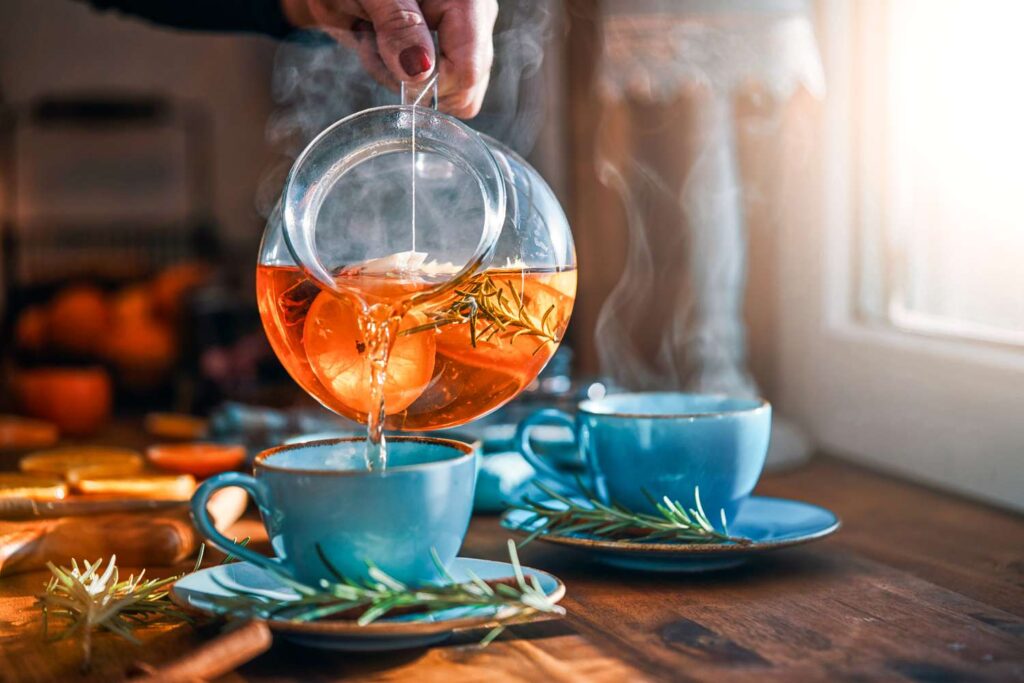
Key Differences
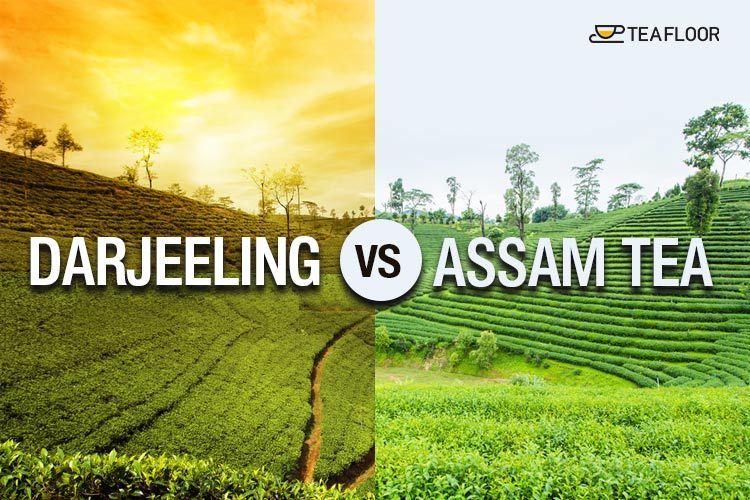
| Feature | Darjeeling Tea | Assam Tea |
|---|---|---|
| Region | Foothills of the Himalayas, West Bengal | Assam Valley, lowlands of Northeast India |
| Altitude | 600–2,000 meters | Sea level to 150 meters |
| Climate | Cool, misty | Hot, humid, tropical |
| Flavor | Light, floral, muscatel | Bold, malty, brisk |
| Color | Pale golden to amber | Deep red or brown |
| Harvests | 4 seasonal flushes | 2 main flushes |
| Uses | Sipping tea, light blends | Breakfast tea, chai, strong blends |
| Processing | Mostly orthodox | Orthodox & CTC |
| Price & Prestige | Premium, high-end market | Widely produced, affordable to premium |
